Mario Puzo’s The Godfather, Coda: The Death of Michael Corleone. I love this title. I really do. It says so much, and not just because of how unwieldy and ponderous it is. This is a title that could only exist 30 years after the fact. One that describes a movie that has been, in some way, revisited, reexamined, and recut. One that allows for some level of self-indulgence. Because God knows Francis Ford Coppola has earned that right. (Also, no studio would ever concede to putting something that verbose on a theatrical poster.)
More than that, this is a title that tells you what kind of movie to expect. The Godfather Part III was never supposed to be Part III. Not really. It was always meant as a coda to the original films. An incredibly long one, but a concluding passage all the same.
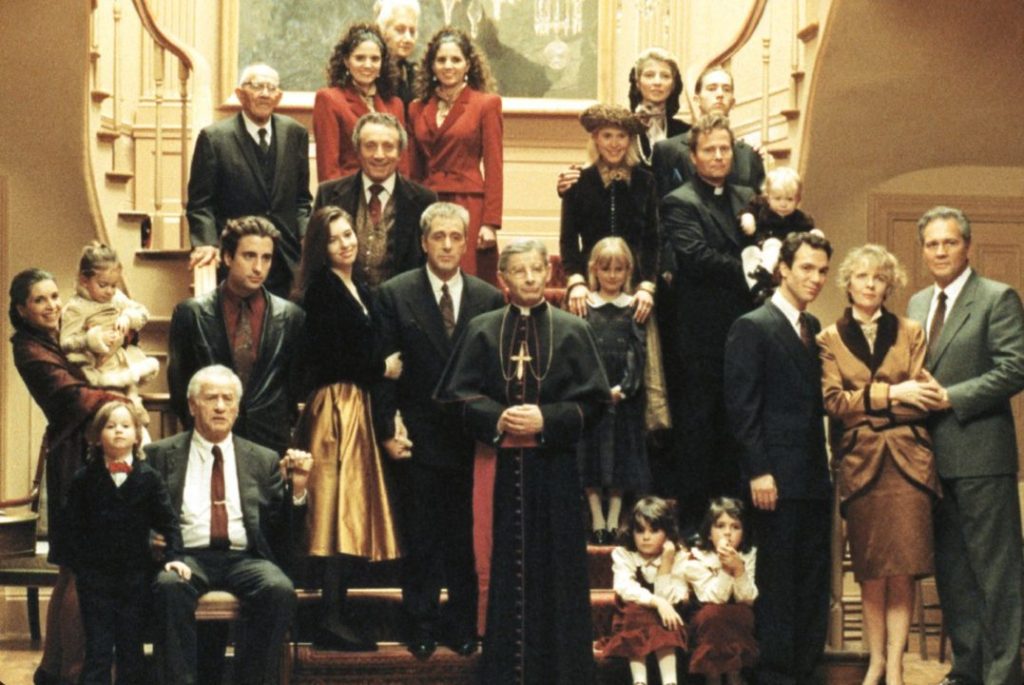
The Godfather and The Godfather Part II were always meant to be taken as a whole. It was the great American epic. One that began with Amerigo Bonasera’s plea to Don Vito Corleone – a plea that was rooted in his disillusionment with his adopted country – before moving on to subvert The American Dream into a dark and twisted tragedy. The story of a man that gained the world, but ended up losing his soul.
The third movie, which was released 16 years after Part II, tells a very different story in a very different way. It is a lot wordier. It is far more contemplative. And the whole thing plays out like an opera, complete with its own overtures, acts, arias, and recitatives. It may not be as effortlessly brilliant as the first two movies (very few things are), but it is nevertheless a virtuoso accomplishment in its own right.
I have always loved The Godfather Part III. This movie, like Rocky IV and Cloud Atlas, and Ocean’s Twelve, was never ever as bad as its reputation. (Even Sofia Coppola’s much maligned performance as the tragic young heiress, Mary Corleone, is nowhere nearly as cringeworthy as its been mythologised as being.)
From the extended party sequence in which generations of family and friends come together in celebration of their Godfather, to that incredible confession in Sicily (“I killed my mother’s son, I killed my father’s son…”), to that blistering heart-to-heart between Kay and Michael in Sicily, there is an immediate familiarity to these characters. They are the same ones you’ve always known. Coppola and Puzo have inhabited their minds so completely that they’ve evolved them in a way that’s real and truthful. So much so that it feels like all of them were just there, off screen, ready and waiting to be filmed.
You see this evolution everywhere. In Connie’s (Talia Shire) growth from a mafia princess into Lady Macbeth. In Kay’s (Diane Keaton) struggle to reconcile her love for Michael with the dread he inspires in her. You even see it in the way Michael does his hair. A slicked back Italian coif is surely no longer how a legitimate businessman would style himself.
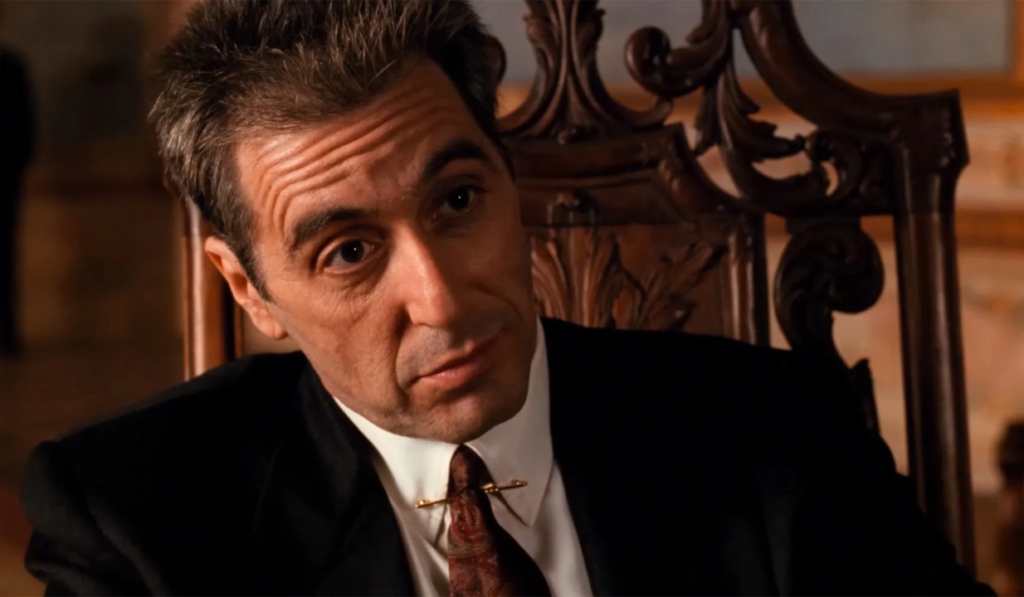
Now, I’m not going to undercut the impact of this version by saying that it’s exactly the same movie. (It is.) But you’d be amazed at just how much even the slightest change in structure can affect the overall experience.
There are only two big changes that Coppola has made to this cut which runs at 158 minutes as opposed to the original film’s 162 minutes.

First, he does away with that elegiac pan across the abandoned family home in Lake Tahoe and opens the film instead with a callback to The Godfather. Now this version also begins with someone soliciting the Don for a favour. This time, it’s the weaselly Archbishop Gilday, the head of the Vatican Bank, who needs to dig himself out of a massive financial hole. Michael agrees to to give him $600 million in exchange for controlling rights of International Immobiliare, a real-estate consortium in which the Vatican has a stake. Originally, this scene happens more than half an hour into the movie and moving it up front creates a narrative tension that was previously missing.
The other big change comes right at the end. The original movie ended with Michael in Sicily, old and alone, sitting in a chair in the sun, looking as decrepit and dejected as his surroundings. He then slowly slumps over and dies. In this version, Michael is still in that same chair, only this time he doesn’t die. Instead, Coppola gives us a title card that reads: “When the Sicilians wish you ‘Cent’anni’… it means ‘for long life’… and a Sicilian never forgets.” For Michael, death isn’t physical. His is an emotional and psychological end. He is cursed with a long life and the memory of it.
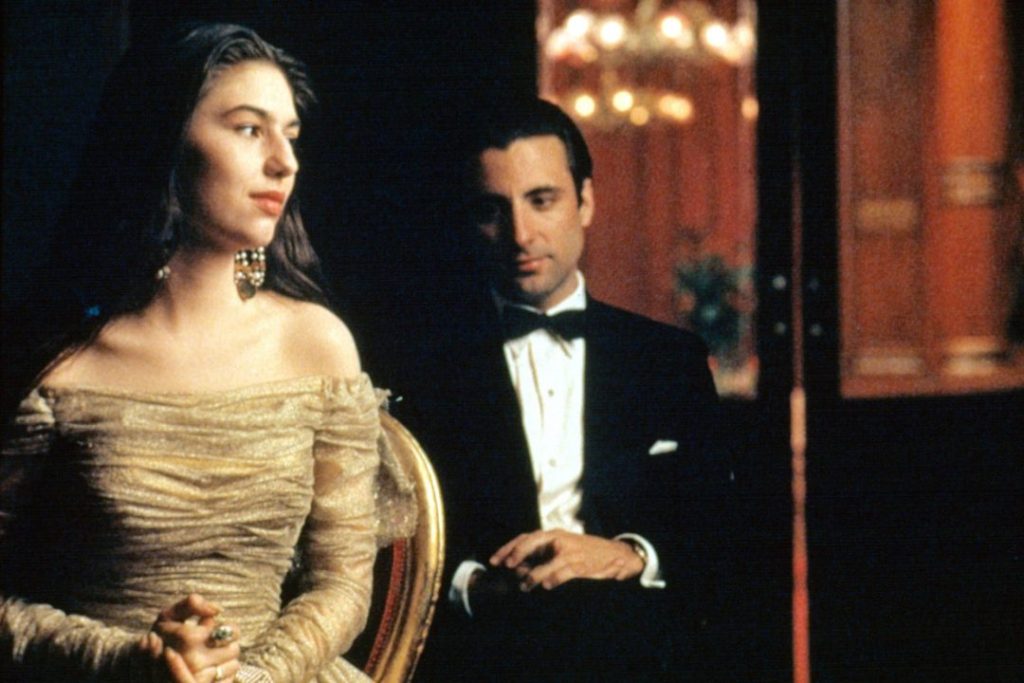
There are other minor edits here and there, and you may not notice them unless you’ve watched both versions back-to-back. (Which I did.) Some of Mary’s lines have been trimmed. So have some scenes with Eli Wallach’s Don Altobello. Coppola even removes the moment when Michael, while sitting by the coffin Don Tomasino, asks God why he is feared and not loved. What you will notice, however, is that even these small trims imbue the film with new intent. It’s tighter. It’s neater. It’s better.
What Coppola doesn’t touch, however, is that incredible 30 minute showpiece at the end. The climax of this movie, a mirror to that amazing baptism scene from The Godfather, remains a masterpiece of filmmaking. It’s a night at the opera, in which new blood is spilled and old scores are settled, in which we finally bear witness to the dark night of Michael’s soul, one that ends with a silent scream of unforgettable heartbreak. It is still gripping. It still makes me cry.
I’m not a fan of directors going back and fiddling around with their work. And Francis Ford Coppola hasn’t had a great track record in this regard. I still haven’t forgiven him for reediting the first two Godfather movies and rearranging them chronologically into one monstrous 7 hour cut.
That said, this is one of those rare moments when such tinkering has paid off. The Godfather Part III wasn’t a cinematic turd that needed polishing. It was a movie that was on the precipice of greatness. It already had all the right ingredients. All it needed was a second pass.
Mario Puzo’s The Godfather, Coda: The Death of Michael Corleone
158 minutes
Director: Francis Ford Coppola
Writers: Mario Puzo and Francis Ford Coppola
Cast: Al Pacino, Diane Keaton, Talia Shire, Andy García, Eli Wallach, Joe Mantegna, Bridget Fonda, George Hamilton, and Sofia Coppola





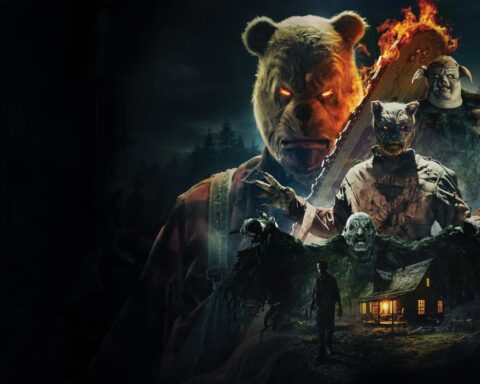
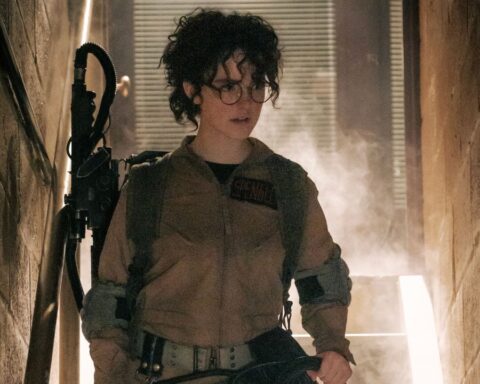
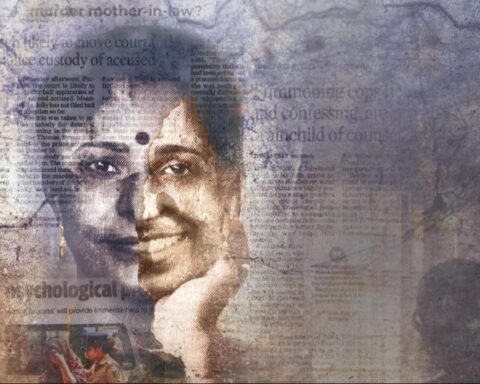
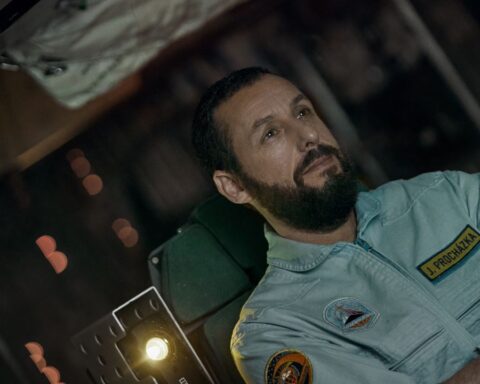
Follow Us